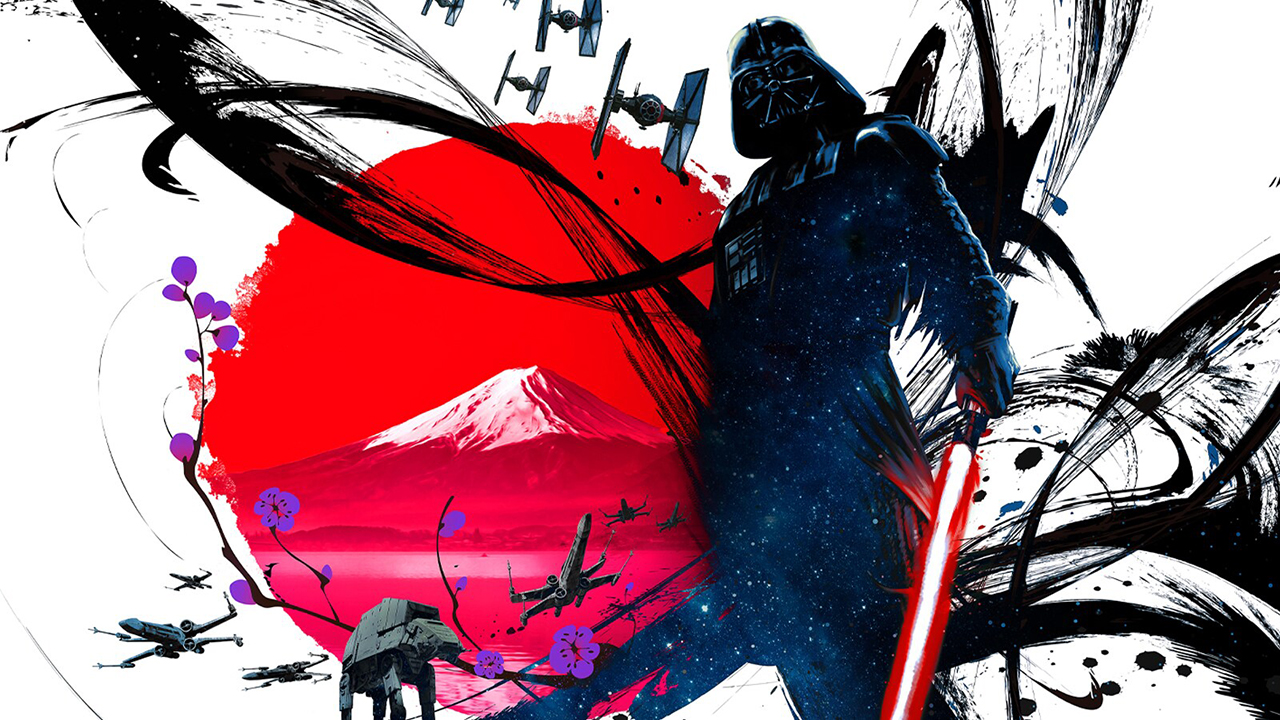SpaceX’s 31st Dragon cargo capsule returns to Earth with splashdown off Florida coast
Dragon has come home.

SpaceX's 31st robotic cargo mission has made it back to Earth.
SpaceX's Dragon cargo capsule splashed down off the Florida coast at 1:39 p.m. EDT (1839 GMT) today (Dec. 17), a day after undocking from the International Space Station (ISS).
CRS-31 returned to Earth with thousands of pounds of equipment and experiment specimens from ongoing microgravity research aboard the space station. Dragon is currently the only ISS cargo spacecraft capable of returning equipment and experiments safely to Earth. The other two operational freighters — Northrop Grumman's Cygnus spacecraft and Russia's Progress capsule — face a fiery atmospheric incineration, burning up during reentry, along with whatever waste from the space station is packed aboard them.
The CRS-31 Dragon launched to the ISS from NASA's Kennedy Space Center (KSC) in Florida on Nov. 4, riding a SpaceX Falcon 9 rocket to low Earth orbit. The spacecraft rendezvoused with the orbital laboratory a day later, delivering about 6,000 pounds (2,700 kilograms) of science and supplies for the Expedition 71 astronauts aboard.
Related: SpaceX launches 3 tons of cargo on 31st ISS resupply flight for NASA (video)
Among those astronauts are NASA's Butch Wilmore and Suni Williams, who originally launched to the station on the first crewed flight of Boeing's Starliner spacecraft in June. Complications with Starliner turned an eight-day mission into an eight-month stint aboard the ISS for the two astronauts. NASA eventually decided to return Starliner to Earth uncrewed; Wilmore and Williams will come home in February on SpaceX's Crew-9 mission, which arrived at the station in September.
At the time of Starliner's launch, the ISS was in need of a pump replacement for its urine processing system, which Wilmore and Williams were tasked with delivering. To make room aboard the spacecraft, however, the two astronauts were forced to leave their own luggage behind, including their change of clothes and other personal items.
Get the Space.com Newsletter
Breaking space news, the latest updates on rocket launches, skywatching events and more!
Two other cargo missions preceded CRS-31 after Wilmore and Williams' arrival — a Cygnus and a Progress mission, which were able to relieve the astronauts of their space station hand-me-downs and supply them their own shirts and toothbrushes. However, every cargo mission brings welcome goods to the station's entire crew, with a crowd-favorite supply of fresh fruits and vegetables.
Among the cargo CRS-31 delivered to the ISS last month were fresh food, research equipment, maintenance supplies and personal items to help sustain the orbiting astronauts.
NASA will retrieve the CRS-31 Dragon spacecraft relatively quickly after splashdown, reaping the benefits of any experiments in need of quick attending following atmospheric reentry. These experiments will be transported to NASA's Systems Processing Facility at KSC, where scientists are able to continue research in the post-microgravity environment.
Dragon's ISS undocking was originally supposed to occur on Dec. 6, but bad weather in the splashdown zone pushed it back repeatedly.
Editor's note: This story was updated at 1:55 p.m. ET on Dec. 17 with news of successful splashdown.
Join our Space Forums to keep talking space on the latest missions, night sky and more! And if you have a news tip, correction or comment, let us know at: community@space.com.

Josh Dinner is the Staff Writer for Spaceflight at Space.com. He is a writer and photographer with a passion for science and space exploration, and has been working the space beat since 2016. Josh has covered the evolution of NASA's commercial spaceflight partnerships and crewed missions from the Space Coast, as well as NASA science missions and more. He also enjoys building 1:144-scale model rockets and human-flown spacecraft. Find some of Josh's launch photography on Instagram and his website, and follow him on X, where he mostly posts in haiku.
-
jean-luc suchail There was another robotic freighter that you seem to ignore as it was rom Europe, it was ATV with an automatic docking system.Reply
There were 5 spacecrafts built, I tested the first one in the Large Space Simulator at ESTEC,









